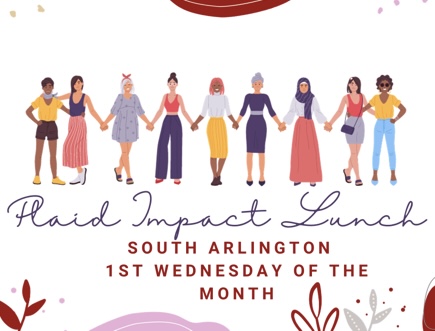Who taught you to listen? Did your mom sit you down on the couch and give you three tips for listening well? Did your fifth-grade teacher take the class through a series of lessons on listening? Maybe it was your best friend who made some suggestions to you about how to listen with intention. Or more likely, no one has ever taught you to listen. That would certainly be my story.
We all need to be heard. Being heard is one of the most basic needs we have. When we’re heard, we feel acknowledged, worthy, understood, and respected. Feeling genuinely heard and understood is truly transformative. Being heard is directly connected to our self-esteem, self-worth, self-image, and even self-identity.
It’s remarkable that we all have this deep need to feel heard, yet nowhere in our society do we pause to learn how to listen.
What is Active Listening?
Active listening, to me, means listening to understand, not just to respond. It involves three key aspects:
- Cognitive: Paying attention to all the information, even what’s not being said.
- Emotional: Staying calm and compassionate during the conversation, which involves managing our own emotional reactions. Once we react, we can no longer listen.
- Behavioral: Conveying interest and comprehension both verbally and non-verbally.
Listening to understand does not mean you are agreeing; it simply means you are choosing to show interest in the person in front of you.
My Journey with Listening
I’ve become a student of listening. I can’t tell you exactly when it happened or why, but I went from the person in the room who was always speaking, teaching, and responding to the person in the room who is curious, quiet, desiring to know and understand people.
I once worked with a boss who would invite me into many of his one-on-ones with female employees. Obviously, it wasn’t a one-on-one when I was added to the mix. What he needed was an interpreter—someone who could tell him what she said and then tell her what he said. Technically, that’s a listener—someone who’s hearing the full message. I actually loved this part of my job. The skills of active listening eliminated misunderstandings and confusion.
Refining our ability to actively listen is a lifelong endeavor. Even the smallest improvements make a big impact. Here are a few helpful tips:
Tips for Active Listening
- Be Present: Give the speaker your undivided attention. Put away distractions like your phone or computer.
- Show That You’re Listening: Use your body language and gestures to show that you are engaged. Nod occasionally, smile, and use other facial expressions.
- Provide Feedback: Reflect on what has been said by paraphrasing. “What I’m hearing is…” and “Sounds like you are saying…” are great ways to reflect back.
- Defer Judgment: Allow the speaker to finish each point before asking questions. Don’t interrupt with counterarguments.
- Respond Appropriately: Be candid, open, and honest in your response. Assert your opinions respectfully and treat the other person as you would want to be treated. Remember it’s not about agreement, it’s about them feeling heard.
Active listening is more than just a skill; it’s a commitment to understanding and valuing the perspectives of those around us. As we continue to refine our listening abilities, we foster deeper connections and create environments where everyone feels heard and respected. Remember, even the smallest improvements can make a big impact. Happy listening!
Connect with Michele on LinkedIn or read more of her articles on Plaid.













